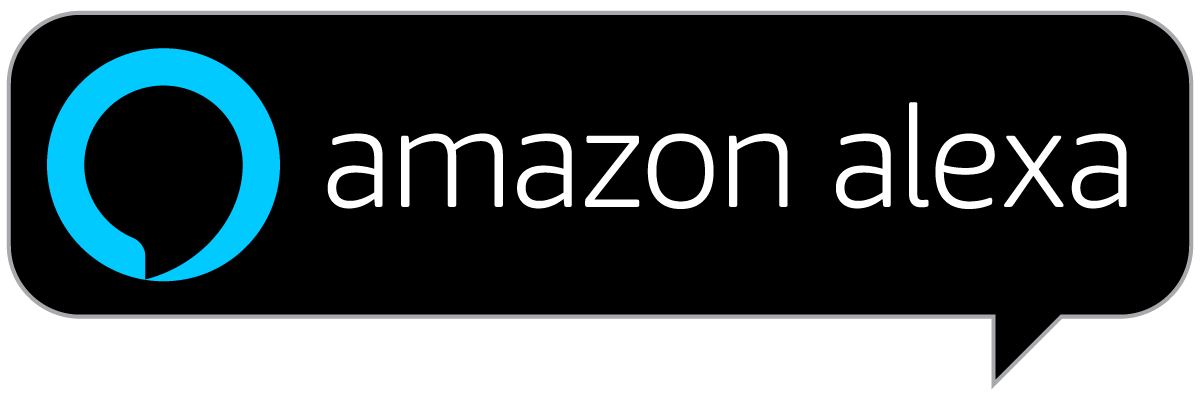The state has published a map of WiFi hotspots around Michigan to help those who lack internet access during the COVID-19 pandemic. The State Emergency Operations Center has released the following statement:
The State of Michigan, in partnership with the Connected Nation Michigan, released a statewide Wi-Fi hotspot map today to assist residents who currently lack internet access at home.
The COVID-19 pandemic and transition to remote and distance learning has only increased the need for residents and students to have easy access to broadband services. The Wi-Fi mapping effort, spearheaded by the Michigan Public Service Commission (MPSC) and Connected Nation Michigan, along with the Department of Technology, Management and Budget (DTMB) and the Michigan Department of Education, is an interim step amid the coronavirus pandemic to spotlight publicly available broadband hotspots for households without internet access.
“This pandemic has shown a real need to tackle the barriers of access, adoption, and affordability to fully enable the opportunities that the internet makes possible,” Lt. Gov. Garlin Gilchrist said. “If we are going to close the internet gap, we need to make sure we’re doing everything we can in the interim to expand access to existing broadband options for communities where it’s not readily available or affordable.”
“We know that more work must be done to ensure residents and students throughout the state have accessible and affordable broadband internet service,” said MPSC Commissioner Tremaine Phillips. “Making these Wi-Fi hotspot locations easily available is an important bridge to increasing the accessibility of these critical services during this difficult time.”
“While public Wi-Fi hot spots are not a replacement for home connectivity, they are essential for those needing connectivity during a time when education, work, and healthcare are relying more and more on online platforms,” said Eric Frederick, Executive Director of Connected Nation Michigan. “These public and private locations are helping Michiganders stay connected.”
Lack of broadband internet access and affordability are issues in Michigan and across the country, particularly for people living in rural areas and for communities where there is persistent poverty.
Michigan providers were recently awarded $22.5 million from the U.S. Department of Agriculture’s Broadband ReConnect Program aimed at expanding broadband access to unserved rural areas. In addition, the Federal Communications Commission, in response to the coronavirus pandemic, awarded more than $1.8 million from the COVID-19 Telehealth Program to help health care providers offer connected care services to patients at their homes or mobile locations.
There are several active programs and grants centered on increasing investment in and access to broadband in Michigan. DTMB is now administrating the Connecting Michigan Communities (CMIC) Grant Program, which will award $18 million in grants for projects that extend broadband service into unserved areas in Michigan.
In addition, under the federal CARES Act, which Congress approved as a stimulus amid the coronavirus pandemic, Michigan received nearly $390 million under the Elementary and Secondary School Emergency Relief Fund to support local school districts to help with the impact COVID-19 has had on the elementary and secondary schools. These funds can be used for allowable activities to assist in continuing to provide education services, including supporting remote learning by helping to reduce the digital divide. The Michigan Department of Education (MDE) is also applying for additional competitive federal funding to help reduce the number of students who lack access to broadband internet.
“Because home is now a more obvious extension of school, we need to narrow and ultimately eliminate the digital divide. While many school districts have provided devices, this online map of Wi-Fi hotspots is a great free resource for students, parents, educators, and others,” said State Superintendent Dr. Michael Rice. “Much more needs to be done, especially with connectivity, which is very expensive or inaccessible in more remote areas. As supporters of children, we need to make this resounding case to Congress to provide more federal funding to help us close the digital divide.”
According to the MDE, more than 70 percent of the state’s students report using internet-enabled devices at home for schoolwork. But more than 28 percent of students live in homes without internet access that can support virtual learning.
“Access to high-speed internet access is essential for Michiganders to participate on a level playing field in education and business,” said State Chief Information Officer Brom Stibitz. “The efforts underway to expand broadband access throughout our vast state will go a long way in making sure everyone is connected and given an equal opportunity to thrive.”
Residents who lack internet access at home are encouraged to follow the Centers for Disease Control and State of Michigan social distancing guidelines when utilizing these hotspots, including wearing masks in public facilities and keeping a distance of at least six feet from others not from the same household. To date, more than 300 Wi-Fi hotspot locations are available from the parking lots of public schools, libraries and other locations across the state. In addition to the location, the map also contains details on how to access the Wi-Fi hotspots’ networks.
To find a hotspot site near you, click here.
Information around this outbreak is changing rapidly. The latest information is available at www.michigan.gov/coronavirus and www.cdc.gov/coronavirus.








